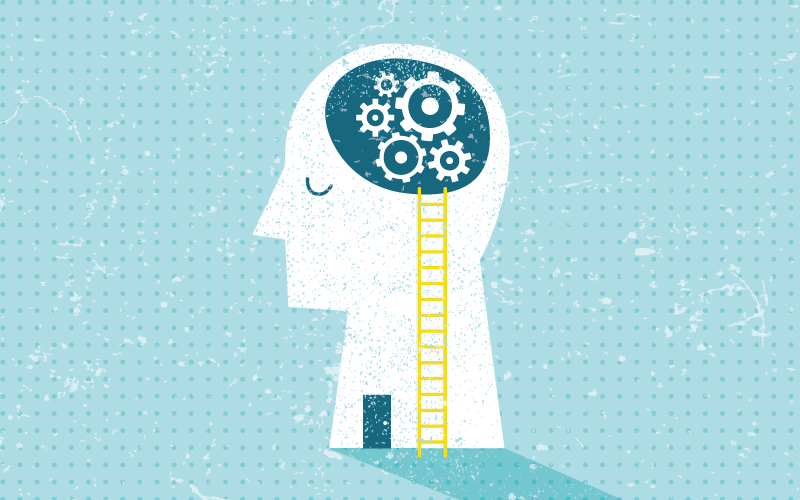Behavioral Health in times of Crisis: Make Treatment Community-Based and Integrated
 Samira Pingali
Samira Pingali
Director of Behavioral Health, Community Health Center Network
September is National Suicide Prevention Awareness Month – a time to share resources and information in an effort to shed light on this stigmatized topic. Addressing thoughts of suicide starts with having comprehensive and integrated behavioral health services, like the ones provided at our community health centers.
Behavioral health and physical health are inextricably linked. Yet too often, they are treated in silos, by different providers who do not communicate with each other. Fortunately, our community health centers (CHCs) understand the necessity of providing comprehensive and inclusive care for our patients under one roof, for both the body and the mind. In this current landscape, offering high quality integrated behavioral health (BH) care is critical to the resilience of our communities.
Approximately 20% of our CHC patients have a BH diagnosis. Though this figure is very likely an underrepresentation, given the stigma around BH, as well as diverse cultural preferences on how BH should be viewed and treated. Over the years, our CHCs have considerably expanded the array of BH services they offer. Our CHCs have approximately 200 BH providers and staff across the network, serving both the pediatric and adult populations. Each health center has an Integrated Behavioral Health program, consisting of BH clinicians as well as Integrated Behavioral Health Care Coordinators who play essential roles linking patients from primary care to BH. All of our health centers also have consulting psychiatrists, who are employed by Alameda County and who offer consultations to our primary care providers around managing psychiatric diagnosis and medications in their patient panels. Half of our health centers also have providers and departments that specialize in Severe Mental Illness (SMI), catered to our patients struggling with significant and persistent psychiatric illnesses. Despite the limitations COVID-19 has created for in-person visits, BH services have not diminished. Instead, through the transition to telehealth, both access to and demand for BH services has significantly increased.
Disproportionately, communities of color are being hit the hardest by COVID-19, and the pandemic’s detrimental impact to the economy has exacerbated our communities’ existing struggles with finding and maintaining stable housing and employment. Additionally, these communities are dealing with systemic racism, an uncertain political future, and the detrimental effects of climate change in the form of unprecedented wildfires and heat waves. The BH impacts of these combined stressors are overwhelming and seem inevitable. Our providers are witnessing a significant increase in the severity of BH symptoms and suicidal ideation that patients are presenting with, as well as a steady rise in new patients seeking BH services for the first time.
Our CHCs know that having immediate and affordable access to culturally aligned BH services is essential to the strength and development of our communities. Our BH providers are trained in crisis management, and use a person-centered, trauma-informed care approach to addressing their patients who have thoughts of suicide. By integrating BH services within the context of primary care, our CHCs are intervening early and at a population-level, while reducing the stigma that exists around mental illness.
For more information on behavioral health resources, please visit our CHCN/AHC COVID resource page.
